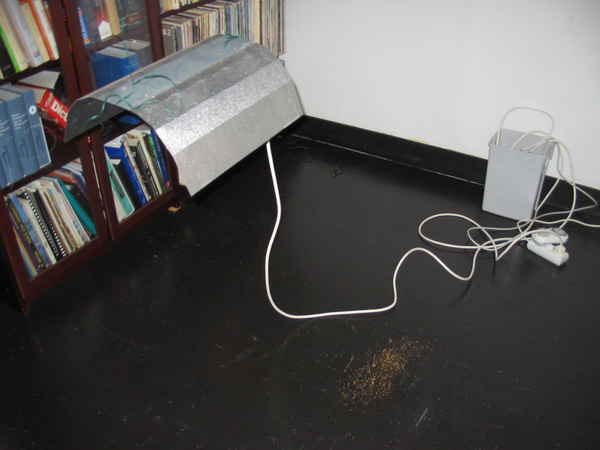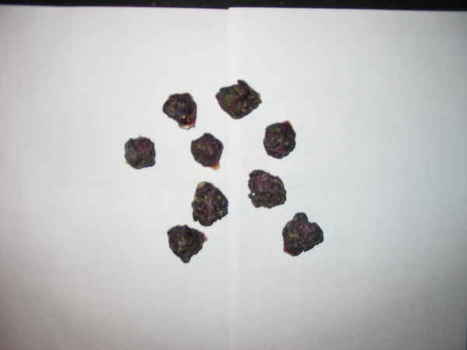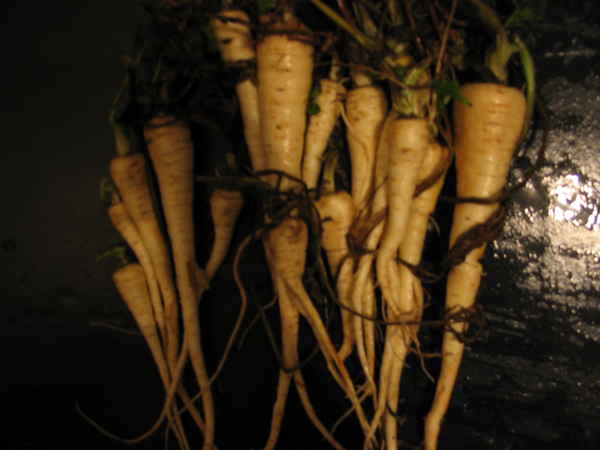Recently I became a member of the SSE, and a few days ago I got my first seed ‘yearbook’ from them, and I felt it deserved mention here.
It’s really quite an experience to open this seed listing for the first time. Most of us are probably used to thinking a seed company is large if they offer 1000 different kinds of seeds. This year there are 12,284 unique varieties in the SSE yearbook. Besides having all the usual vegetables, it includes fruit trees, garlic, water chestnuts. It includes virtually every ethnic food you have ever seen.
Many of the listings come with stories about how this particular variety was passed on in a family that came from Europe or discovered growing in the wild somewhere. There are many varieties of plants you will never see in a normal seed catalog or sold by a commercial seed company.
All of the varieties are offered by people (756 of them in 2006), or in a few cases small businesses, that grow the plants themselves and will send you samples of seeds or plant cuttings in the mail.
Okay, so what’s the catch? Can anyone get these plant samples? There is not much of a catch, and mostly these are available to anyone who becomes a member and asks for them.
There are a few caveats however.
Although it is not a requirement, there is the hope, that as well as ask for samples you will also grow some of these plants and reshare them. Some of the samples listed are either in short supply or in danger of being discontinued, and are only being offered to other people sharing samples or to people who offer a firm commitment of growing and sharing the plant. The number of samples restricted in this way is very small.
It is also a reality that most people offering plant samples live in the US or Canada, and people living elsewhere have to pay extra shipping and handling costs and will likely not be able to order live plant material like fruit trees or garlic. People living outside of North America also have to pay considerably more for membership, to cover the extra postage for sending membership material.
Finally, when you order plant material you are not dealing with a company, but with 756 individuals. None of them take credit cards, and if you don’t live in the US or Canada you have to think about how you are going to pay them in their local currency. Most of them take cash, and some might even accept foreign currency, but probably not many. If you order 10 packages of seeds, you will probably have to send 10 separate letters requesting them.
For anyone interested in growing unusual plants, this is very valuable resource. In addition, the overall trend of the number of people supporting the SSE by sharing their seeds is in decline, and more people are needed to support it. I would encourage anyone who thinks they might be interested to become a member.





